Pieter Hugo
Nollywood
25 September–20 November 201025 Sep–20 Nov 2010
The ghost of the Emperor Haile Selassie meets Idi Amin, Charlie’s Angels do Rambo Foxy-Brown-style, David Lynch’s Lost Highway snakes through Lagos, Ghostface Killah mutates into Fela’s ‘Zombie’, and Dracula gives way for Blacula. Voodoo, hoodoo, and mambo are mashed up with Igbo rituals. Ahhwooooo . . . Werewolves of Lagos.
—Stacy Hardy
They say Nigeria’s Nollywood is the world’s third largest film industry. It releases up to a thousand titles a year onto the local home-video market. Such productivity is only possible because the movies are made in conditions that would make western filmmakers cringe. Produced and marketed in the space of a week, they use cheap equipment, basic scripts, actors cast the day of shooting, and real locations. While drawing on genres and typologies drawn from Hollywood, Nollywood movies are a rare instance of mass-media self-representation. The stories—including tales of romance, comedy, witchcraft, bribery, and prostitution—speak to the experiences and values of their local audiences. The narratives are overdramatic, and deprived of happy endings. The aesthetic is loud, violent, excessive; nothing is said, everything is shouted. South African photographer Pieter Hugo became intrigued by Nollywood’s fictional worlds, where the everyday and the unreal intertwine. He asked a team of actors and assistants to recreate Nollywood myths and symbols as if they were on movie sets and photographed them. The resulting images recreate the stereotypical characters that typify Nollywood productions, including mummies, demons, and zombies, all casually posed in the backlots of Enugu.















